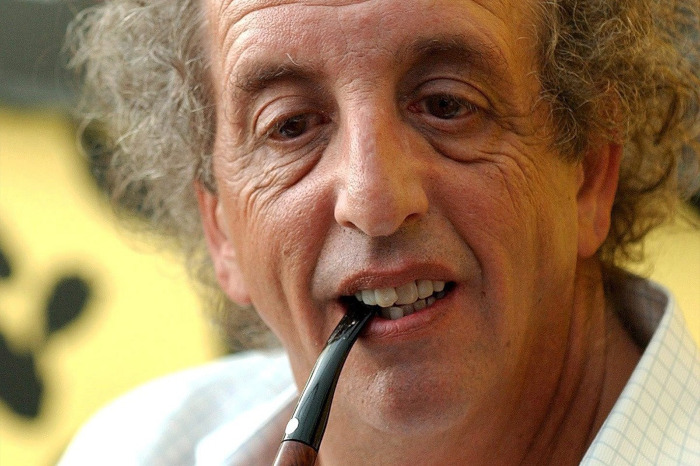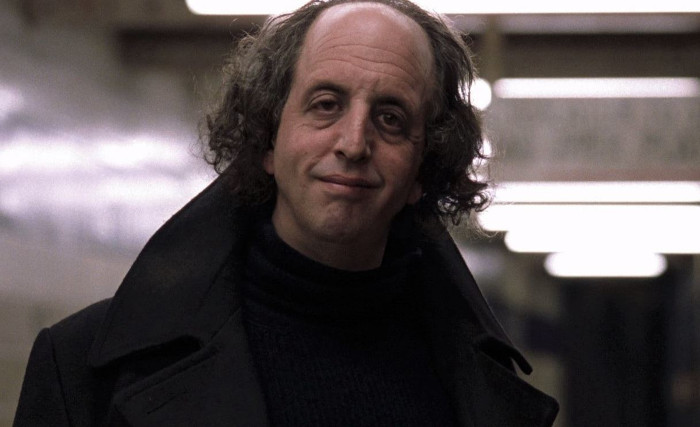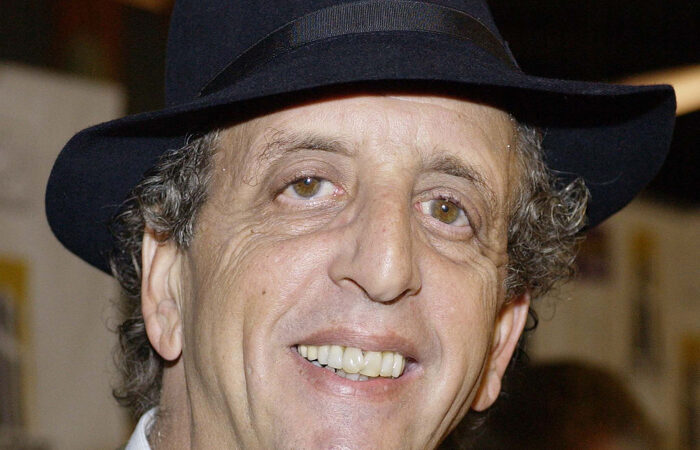In the world of the Seventh Art, every country can boast great character actors, those non-lead actors and actresses who play unique, characteristic, or eccentric characters; in American cinema, several artists have demonstrated such chameleonic talents by portraying a variety of roles in different films; one of them was the late Vincent Schiavelli, whose extraordinary acting talent truly made him a unique artist.
With a significant artistic production manifested through roles in over 150 films, spanning cinema and television, Vincent Schiavelli was known for his numerous and often critically acclaimed supporting roles; in 1997, Vanity Fair magazine named him one of the most important character actors in American cinema.
Vincent Andrew Schiavelli was born in Brooklyn, New York, on November 11, 1948, the only child of John Schiavelli and Katherine Coco.
His family hailed from Sicilian origins, precisely from Polizzi Generosa, a municipality in the Metropolitan City of Palermo nestled in the Madonie Mountains, the same hometown as part of director Martin Scorsese’s family.
Vincent Schiavelli revealed in various interviews that he was deeply attached to the memories of his maternal grandparents, Andrea Coco and Carolina Vilardo, who practically raised him.
As a teenager, he attended Bishop Loughlin Memorial High School, before studying acting at New York University.

He began performing on stage in 1960, and his first cinematic role was in Miloš Forman’s film “Taking Off” (1971), where he played an advisor who teaches parents of runaway teenagers how to smoke marijuana in order to better understand their children’s experiences.
He gained prominence in the role of one of the asylum patients in “One Flew Over the Cuckoo’s Nest” (1975), Forman’s masterpiece, alongside Jack Nicholson, and in several other films by the same director, eventually participating in 98 films and making 52 guest appearances in TV shows.
He portrayed the first gay role on American television, playing Peter Panama in the 1972 TV series “The Corner Bar.”
From 1985 to 1988, Vincent Schiavelli was married to actress Allyce Beasley, with whom he had a son, Andrea, in 1987.
In 1990, he landed a famous role in the film “Ghost,” directed by Jerry Zucker, playing the psychopathic ghost who teaches the protagonist to move objects.
In 1992, he married Carol Mukhalian, an American harpist.
Vincent Schiavelli, passionate about cooking, wrote four books all related to gastronomy, including one titled: “Bruculinu, America – Remembrances of Sicilian-American Brooklyn, Told in Stories and Recipes”, an ironic account of stories and recipes from the lives of Sicilians in early 20th-century Brooklyn. It talks about the author’s grandfather, “Papà Andrea,” a cook for a Sicilian baron, considered the pioneer of immigration to “Bruculinu”.

The only award Schiavelli won throughout his career was related to gastronomy, the James Beard Foundation Award, which he won in 2001 for an article about Sicilian cuisine published in the Los Angeles Times. His gastronomic passion led him to write numerous articles for various prestigious magazines, not only in the culinary field.
Feeling more Sicilian than American, in 2003, he moved to Polizzi Generosa, where he spent the last period of his life with his last partner, actress and playwright Katia Vitale.
In Italy, he participated in the films “Gli indesiderabili” (2003), directed by Pasquale Scimeca, and “Miracolo a Palermo!” (2005), directed by Beppe Cino; in 2004, along with his partner, he appeared in the music video for the song “Annina” by Max Gazzè.
On November 18 and 19, he directed a dialect comedy by his partner titled “L’invidia di Assuntina” at the Teatro Nuovo Montevergini in Palermo, concluding the first edition of the Palermo Theater Festival.
Vincent Schiavelli passed away on December 26, 2005, after a long illness from which he suffered: Marfan syndrome 1, a condition that affects the connective tissue and visibly altered the physical appearance of the Sicilian-American actor.
He was always taller than average, excessively thin (not only meaning simply underweight but also an overall excessively lean and gangly habitus), and had long, tapered fingers, clear signs of the syndrome that Vincent instead transformed into his strength.
He said, “The face is your business card,” and with this card, Vincent truly made his mark.
His artistic work did not prevent him from also engaging in social activism to combat Marfan syndrome, even becoming the honorary president of the National Marfan Foundation, an organization that helps people affected by this disease.

His funeral was held in Polizzi Generosa, where he was mourned by the entire city; the wake was held in the town’s municipal hall. Vincent Schiavelli’s remains are currently interred in the cemetery of Polizzi Generosa, the town that the unforgettable actor chose as the place to spend the rest of his days and to which he always felt deeply connected.
In 2006, the posthumous film “Nuovomondo,” directed by Emanuele Crialese, in which Vincent Schiavelli played a role, was released.
Director Marco Amenta directed the documentary film “Magic Island” in 2017, starring Andrea Schiavelli, a young musician and Vincent Schiavelli’s son.
“Magic Island” tells the story of Andrea’s journey 10 years after his father’s passing to return to Polizzi Generosa, his parent’s hometown, to receive his inheritance and to search for the origins of his family.
Recommended articles
Bagherese Chef wins gold medal at the Ika Culinary Olympics.
Glossary
1 Marfan syndrome is a dominant autosomal disorder that affects connective tissue and is characterized by abnormal production of the fibrillin protein caused by a mutation in the FBN1 gene located on chromosome 15. Manifestations of Marfan syndrome affect organs containing connective tissue such as the skeletal system, eyes, heart and blood vessels, lungs, and fibrous membranes covering the brain and spinal cord. The term derives from the name of the French pediatrician Antoine Marfan, who first described the syndrome in 1896 in a five-year-old girl.

